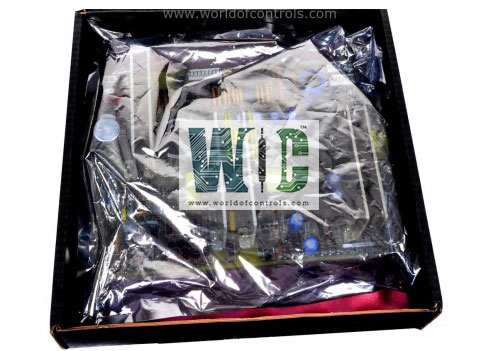
World Of Controls understands the criticality of your requirement and works towards reducing the lead time as much as possible.
IS420PFFAH1A - Foundation Fieldbus Linking Device is available in stock which ships the same day.
IS420PFFAH1A - Foundation Fieldbus Linking Device comes in UNUSED as well as REBUILT condition.
To avail our best deals for IS420PFFAH1A - Foundation Fieldbus Linking Device, contact us and we will get back to you within 24 hours.
Part No.: IS420PFFAH1A
Manufacturer: General Electric
Country of Manufacture: United States of America (USA)
Power supply: 24 V dc ±20%
Power consumption: Typical 200 mA
Dimensions: 47 x 131 x 111 mm (1.9 x 5.2 x 4.4 in)
Product Type: Foundation Fieldbus Linking Device
Availability: In Stock
Series: Mark VIe
IS420PFFAH1A is a Foundation Fieldbus Linking Device developed by GE. It is a part of the Mark VIe series. The Mark VIe Control FOUNDATION FieldbusTM linking device is meticulously engineered to meet the stringent standards set forth by class 42c of the FF-HSE profile, ensuring optimal performance and compatibility within industrial control systems. Operating on 24 V dc power, this advanced device offers a comprehensive array of features tailored to streamline data communication and system management.
The WOC team is always available to help you with your Mark VIe requirements. For more information, please contact WOC.
What is IS420PFFAH1A?
It is a Foundation Fieldbus Linking Device developed by GE under the Mark VIe series.
What compatibility does the linking device have with Mark VIe systems?
The linking device is fully compatible with all Mark VIe I/O packs and controllers available in the ToolboxST application version V04.03 or later. This ensures seamless integration within Mark VIe control systems, enabling enhanced functionality and interoperability.
How does the linking device support redundancy?
The linking device supports both simplex and hot-backup redundant operations. In hot-backup mode, two physical linking devices are interconnected to form one logical linking device (redundant set). Redundancy control information is shared over an RS-232 cable, allowing for seamless synchronization between primary and secondary devices.
What happens in the event of a primary device failure?
If the primary device fails, the secondary device automatically takes over to ensure continuity and uninterrupted operation. This automatic failover mechanism enhances system reliability by mitigating the impact of device failures on overall system performance.